An artist of the people
By: By Lin Qi

An artist of the people
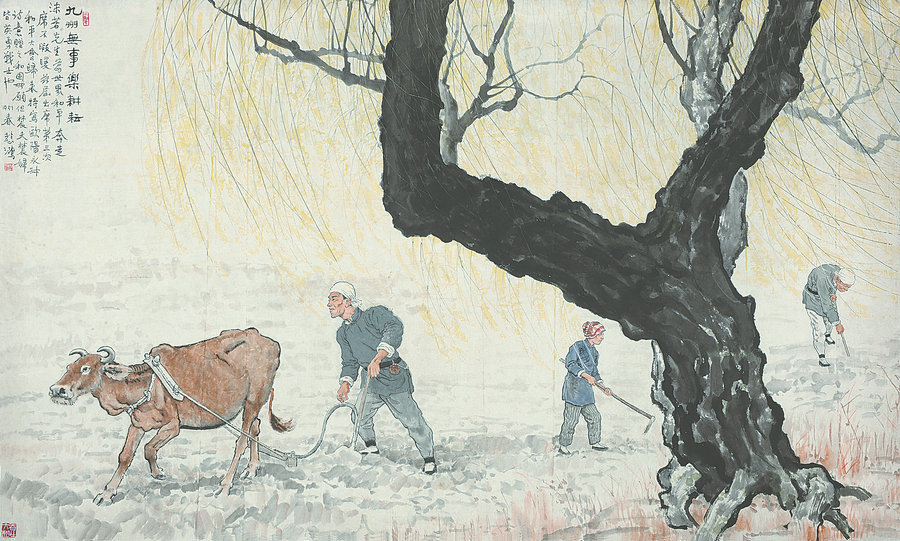
An exhibition at Peon Art Museum Chongqing shows Xu Beihong's paintings, including Happily Farming in a Peaceful World. [Photo provided to China Daily]
When Xu Beihong (1895-1953) returned to his home country in 1927, the painter had lived and studied art in Europe for nearly a decade, primarily in France, where he had attended the National School of Fine Arts.
One of the earliest Chinese artists to study fine arts in Europe and with accomplishments, Xu was well-received in art and education circles back home. It then seemed a natural choice for him to profit from exhibiting widely and teaching at art schools.
While Xu himself came from a humble background, he felt that fame was not all. Touched by the dire situation of his country and its people struggling for a living at the time, Xu undertook as one of his duties to speak for the plight of his people through painting. The subjects in his works included those living in mountainous Chongqing who had to go up and down to fetch water, boat haulers working on the Yangtze River and women praying for the safety of husbands who made a living far away from home.
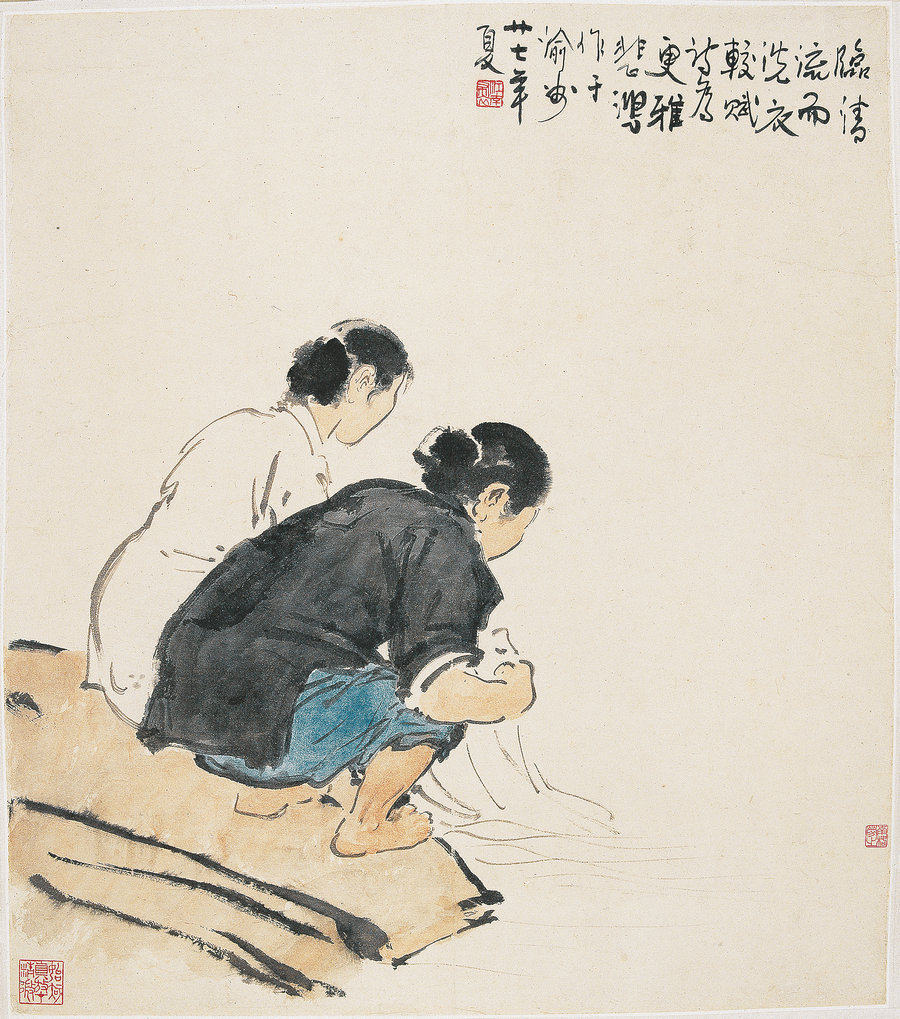
An exhibition at Peon Art Museum Chongqing shows Xu Beihong's paintings, including Washing Clothes. [Photo provided to China Daily]
For those in the art community, Xu is remembered mostly for blending Eastern and Western styles and establishing the high education of fine arts in China. While for his people, the artist is best known for depicting the true life of those at the grassroots. And for this, researchers of Xu's art in Beijing and Chongqing have mounted an exhibition titled Profiling His People .
Held at Peon Art Museum Chongqing, the exhibition, through to May 27, shows Xu's paintings and sketches of ordinary people, inspired by his deep compassion for them. The museum was renovated from a historical building where Xu and his family lived in Chongqing in the 1940s. "Peon" was how Xu wrote his name, "Beihong", in French, while studying in Paris.
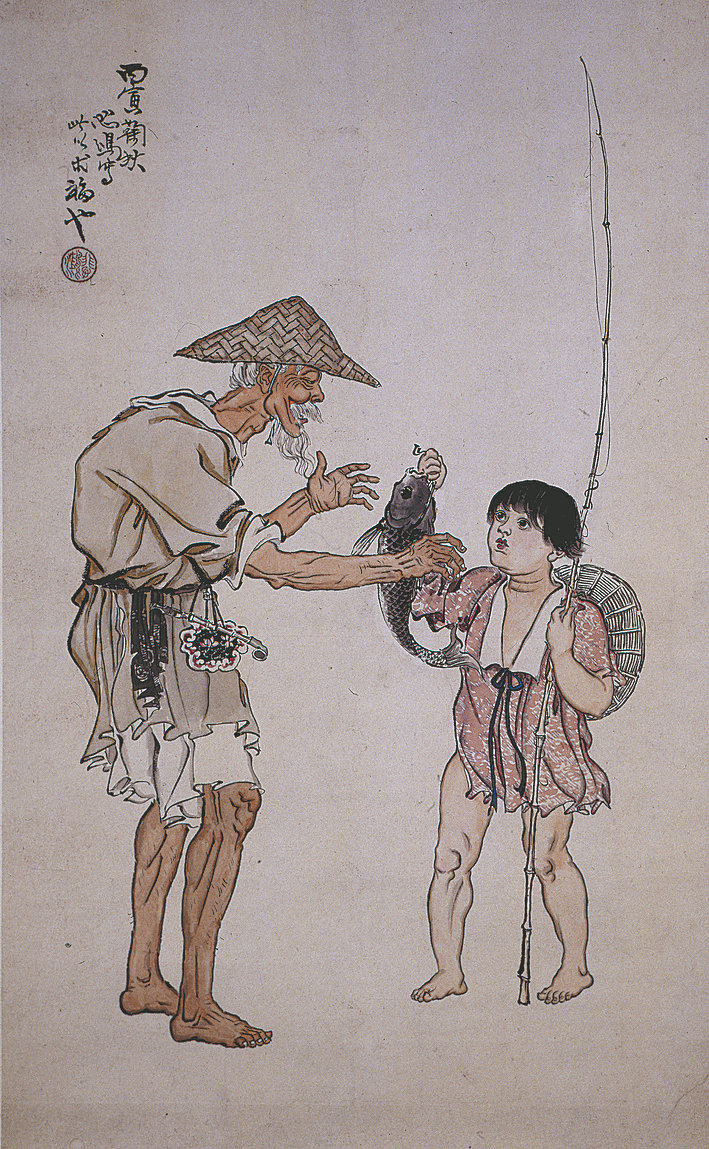
An exhibition at Peon Art Museum Chongqing shows Xu Beihong's paintings, including Fisherman .[Photo provided to China Daily]
For Xu, the realistic approach was not only something he had learned from oil painting and sculpture in the Parisian school but also an important tool to reform the look of Chinese painting. For example, in Fisherman, an ink painting from the 1920s on show in Chongqing, the way Xu detailed the leg muscles of the old fisherman and his grandson shows Xu's adoption of Western painting techniques to reinforce an energetic feeling, and a physical feature unique to laborers, but not to scholars or ladies that recurred in classic Chinese paintings.
Realism was an attitude that Xu stuck to in his creation "to present the everyday hardships of people with a concern for their emotions and the future", says Wu Chuan, deputy director of the collection department at the Xu Beihong Memorial Museum. Part of the paintings on show are from this Beijing museum.

Palm Tree created by Xu Beihong in 1935 to show a "strange scene" the artist saw in southern China. [Photo provided to China Daily]
Xu made a painting titled Palm Tree in 1935 to show a "strange scene" he saw in southern China — women kowtowing to palm trees and burning incense sticks as offering — that is also on show at the Chongqing exhibition. Xu painted with loose brushstrokes a high palm tree, rendering it a solemn atmosphere like that of a totem or a monument while a woman kneeling down before the tree looks small and vulnerable. In the blankness of the painting Xu explained that women did it in token of an all-the-best wish for their husbands who tried to earn a living away from home and meanwhile, a hope that the spouses would not forget about them and marry a second wife.
"Xu's attention to detail is noticeable in his work. In the depictions of haulers on the river, he shows them wearing almost nothing, because they were poor and had few clothes, and they wore little at work to keep the clothes intact and clean, and to save them for other occasions," Wu says.
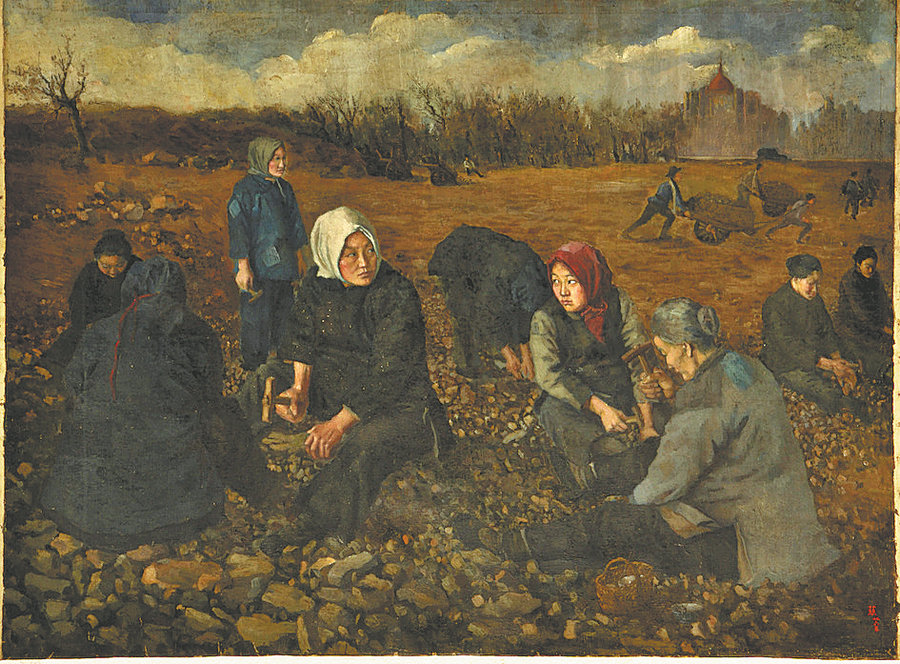
An exhibition at Peon Art Museum Chongqing shows Xu Beihong's paintings, including Women Workers by one of Xu's students Sun Duoci. [Photo provided to China Daily]
Xu continued to give a profile of those unsung heroes from different walks of life after the founding of the People's Republic of China in 1949, besides his prime responsibility as the dean of the Central Academy of Fine Arts. He produced dozens of sketches of workers at factories and miners and from the rural areas, which are on display. Some are of those who worked at the construction site of a flood-control project in Shandong province in 1951. Xu and his students traveled to the site to observe people's work and drew there. The drawings were to prepare for a painting, but Xu was not able to do it before he died two years later.
Also on show are paintings by Xu's students who dedicated their careers to depicting the life of ordinary people.
Xu Ji, a grandson of the artist, says the exhibition shows Xu Beihong's "spiritual legacy of believing in people's strength as the creator of history and the fundamental force of social development".

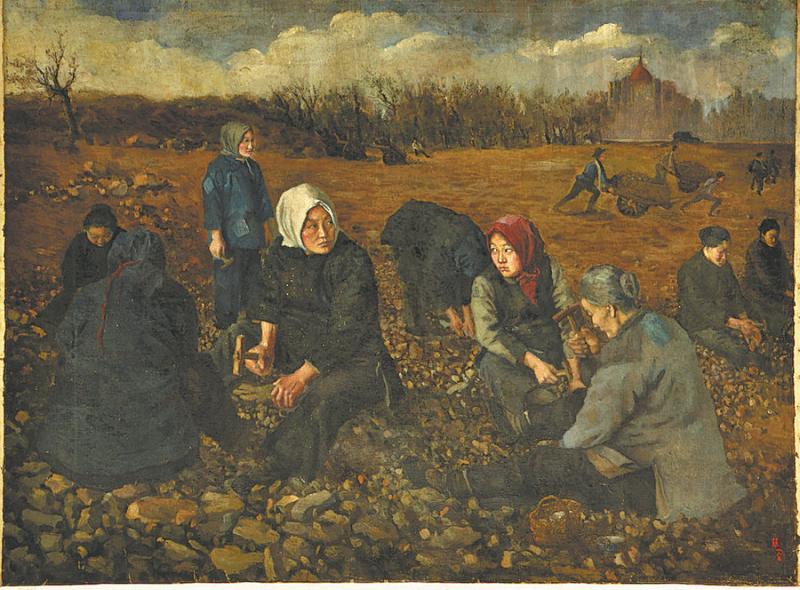
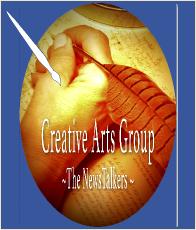

I was quite fascinated not only by the paintings, but by the stories beneath them. Mention is made about the meaning of the 4th painting, Palm Tree, but I needed to reduce it to fit the page so here is an enlargement of the bottom of the painting to show what is described in the story about it:
I was even more imporessed with him when I determined that his paintings are also hung in the Metropolitan Museum of Art, such as this one called "Heavenly Horse".
In fact I discovered that his horse photos are quite famous - the most famous one is described as follows:
“Galloping Horse,” painted in 1941 before the Second Changsha Battle between Japanese invaders and Chinese army
The horses are great ! I really like the "Washing Clothes", simple yet elegant.
You have excellent taste.
I guess I need to post a controversial political comment on my articles in order to keep them on the Front (Home) Page for more than a few hours, as there does not seem to be much interest among most of the NT membership in cultural content.
Will post a link to this article shortly.
Thank you. At least those who have skills and/or interests in creative art have an interest in something like this.
You can certainly see why he is an artist of the people.
Great paintings.
Yes, he depicts their everyday lives.
Great art, especially "Galloping Horse".
He's famous mostly because of his horse images.
I can understand that. Of the pictures you posted, in my opinion they are the superior ones.
I think his horse paintings are a different genre from his others.